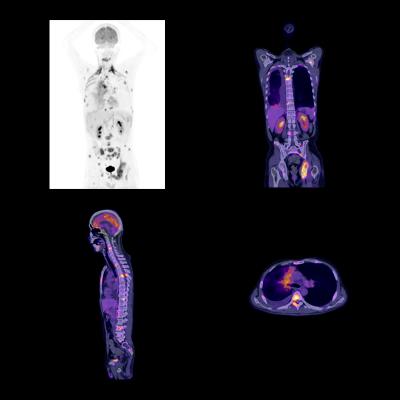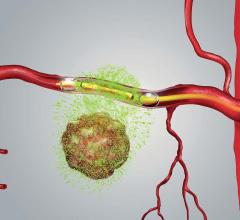
June 5, 2019 – BGN Technologies, the technology transfer company of Ben-Gurion University (BGU), introduced a novel method for producing radioisotopes for nuclear medicine and medical imaging technologies such as computed tomography (CT) scan and positron emission tomography-computed tomography (PET-CT).
Developed by Alexander Tsechanski, Ph.D., from the BGU Department of Nuclear Engineering, the new technique obviates the need for highly enriched, weapons-grade uranium and a nuclear reactor. Nuclear medicine often necessitates the use of technetium-99m (Tc-99m) as the isotope for imaging, an unstable technetium isotope with a only a six-hour half-life that requires onsite production. In order to produce it in an economically efficient way, currently it requires weapons-grade, highly enriched uranium and a nuclear reactor to generate molybdenum-99 (Mo-99), which decays into technetium-99m (Tc-99m).
The new invention uses the naturally occurring and stable molybdenum-100 (Mo-100) isotope and a linear electron accelerator to generate Mo-99 and Tc-99m1. This process can also simultaneously generate other short-lived radioisotopes such as F-18, O-15, N-13 and C-11 as byproducts for use in PET scans.
BGN Technologies said it is currently looking for partners for further developing and commercializing the technology.
For more information: www.in.bgu.ac.il
Related Radiopharmaceuticals Content
Shine Medical Technologies Breaks Ground on U.S. Medical Isotope Production Facility
University of Missouri Research Reactor Files to Start U.S. Production of Medical Isotopes
FDA Clears Path for First Domestic Supply of Tc-99m Isotope
Reference
1. Fedorchenkoa D.V. and Tsechanski A. Photoneutronic aspects of the molybdenum-99 production by means of electron linear accelerators. Nuclear Inst. and Methods in Physics Research B, published online Oct. 23, 2018. https://doi.org/10.1016/j.nimb.2018.10.018


 April 23, 2024
April 23, 2024 






![(A) PET images of [68Ga]Ga-DOTA-ZCAM241 uptake at baseline and 3, 7, and 12 days after injection as inflammatory arthritis developed in single representative individual mouse. Images are normalized to SUV of 0.5 for direct comparison between time points. (B) CD69 immunofluorescence Sytox (Thermo Fisher Scientific) staining of joints of representative animals during matching time points.](/sites/default/files/styles/feed_medium/public/PET%20Tracers.jpeg?itok=P5Di6MIe)

